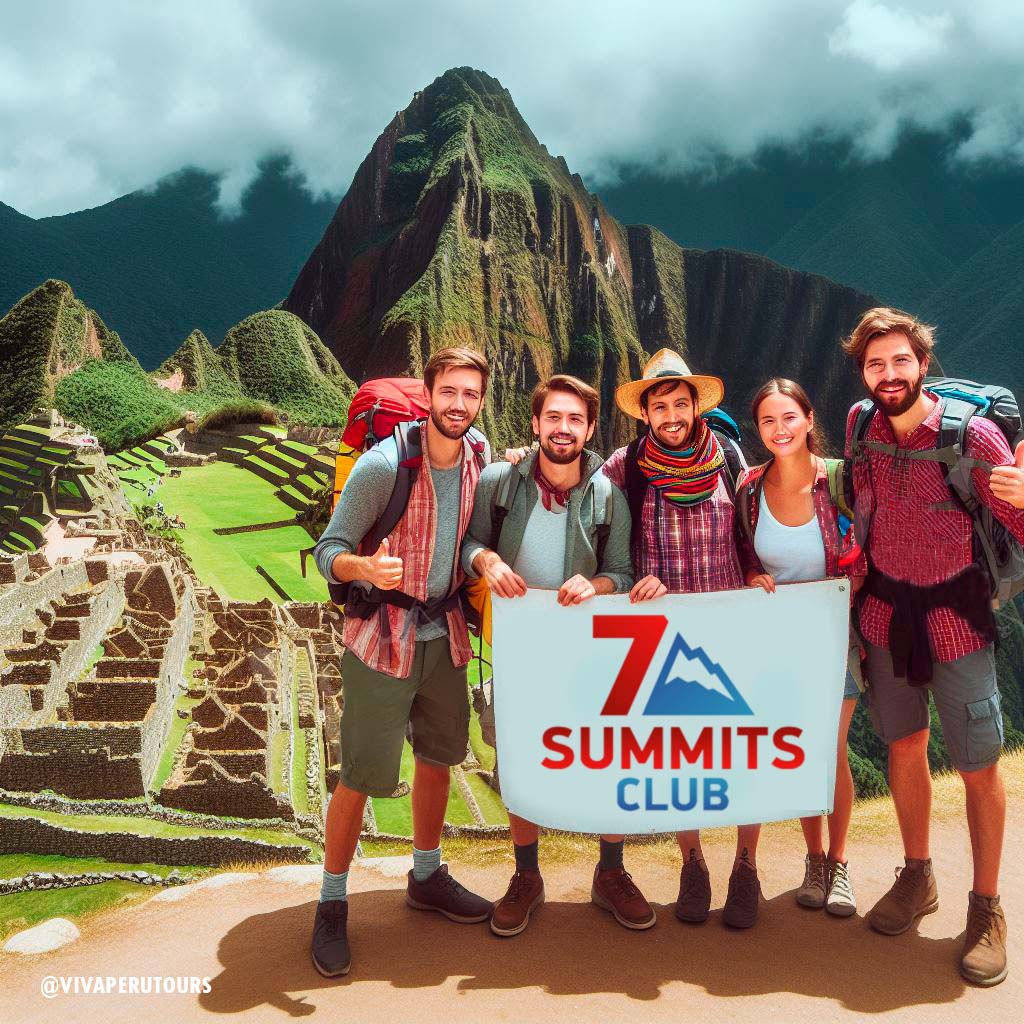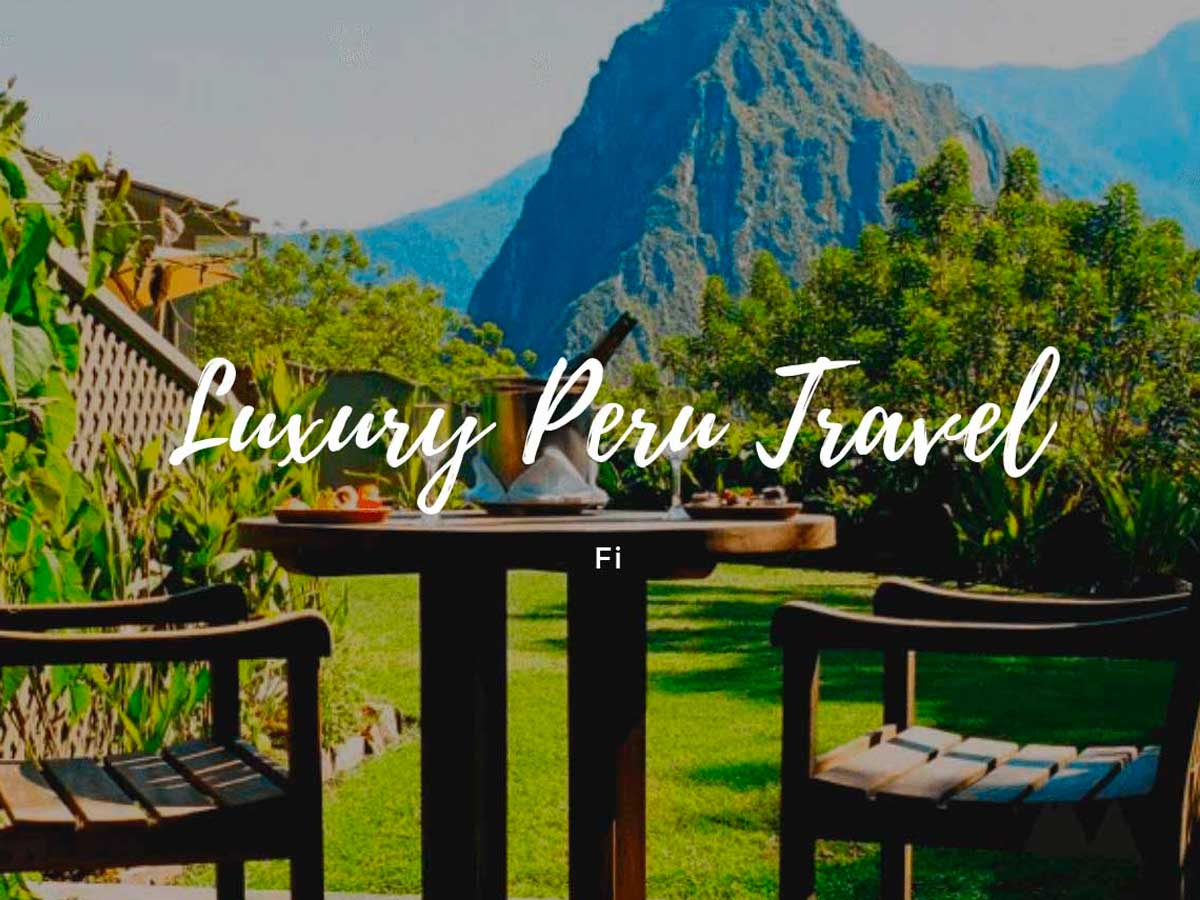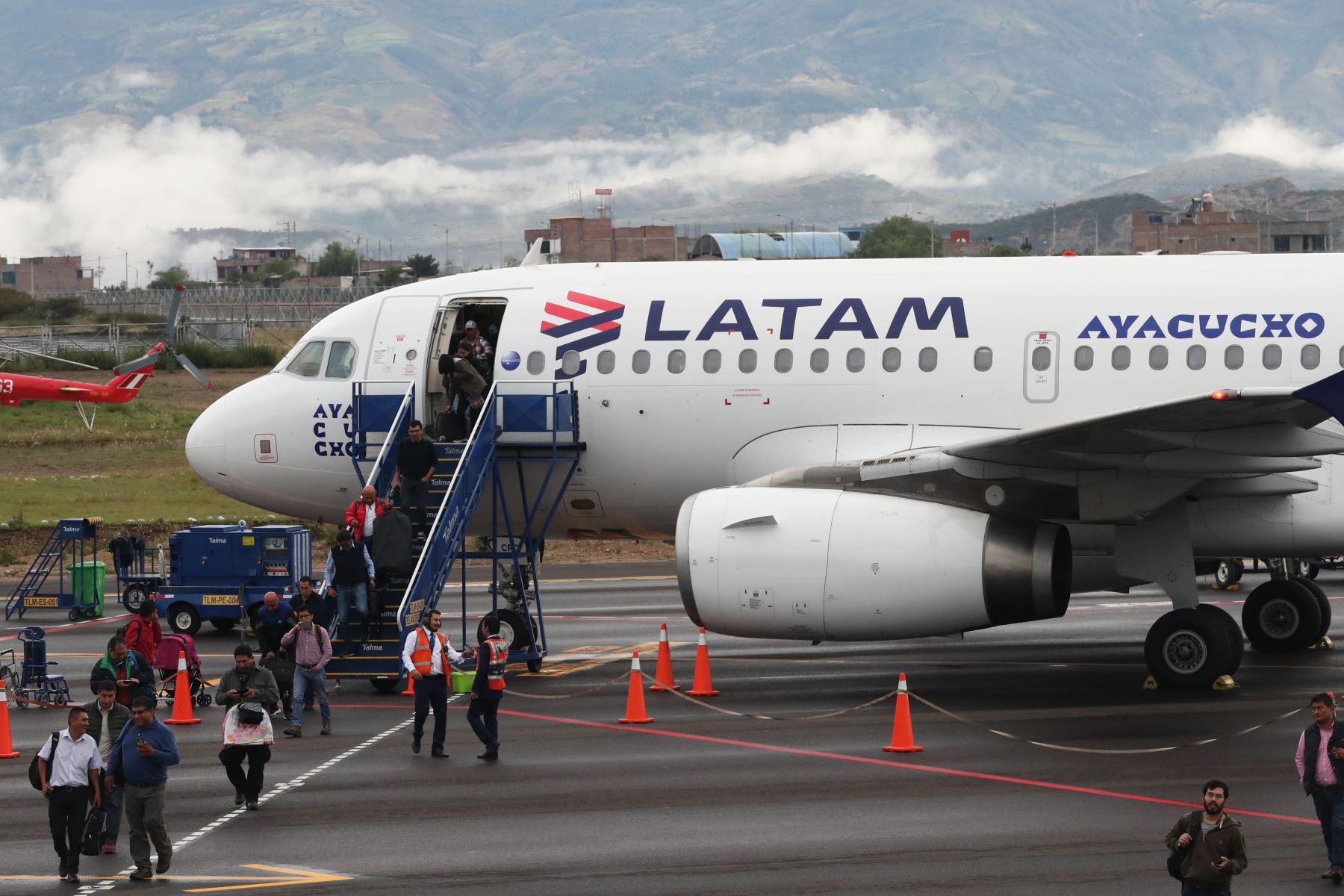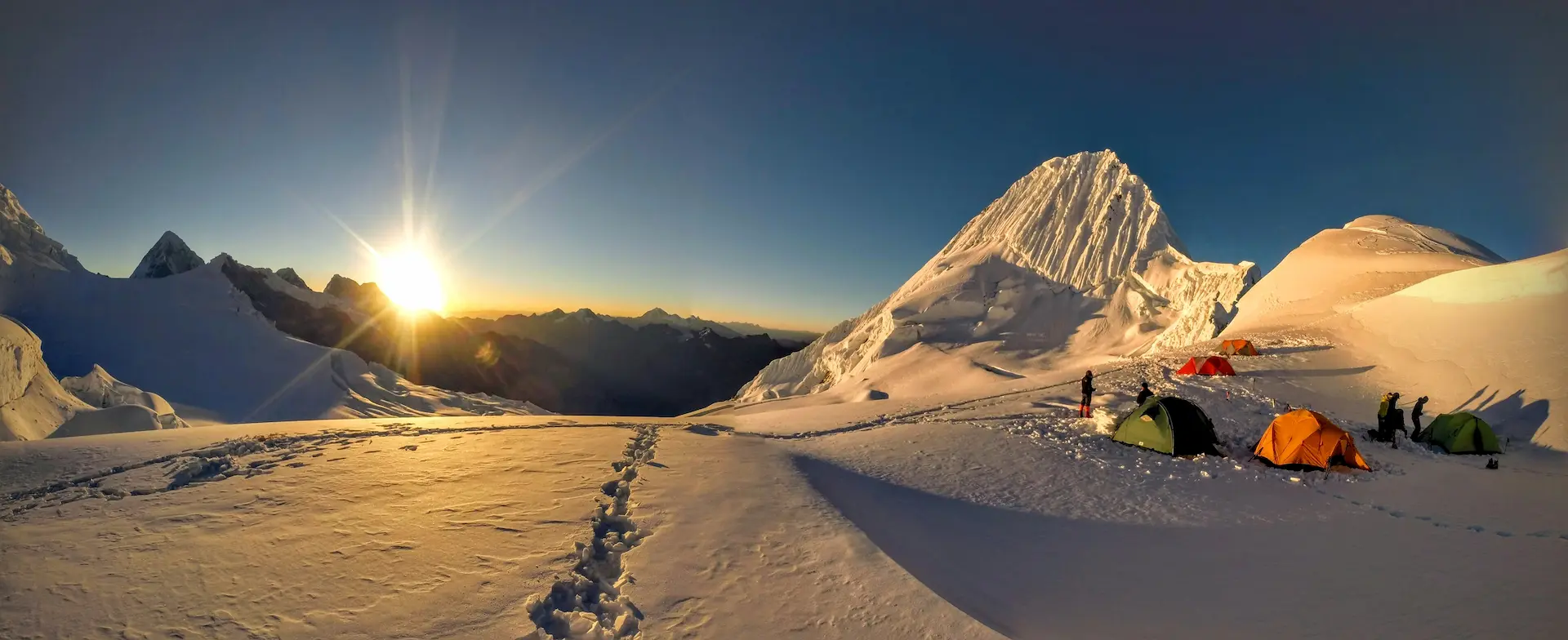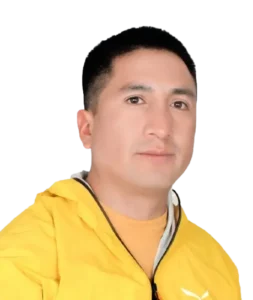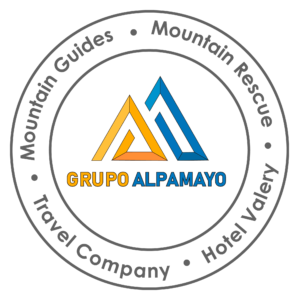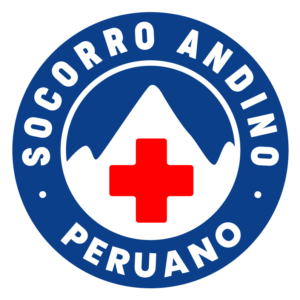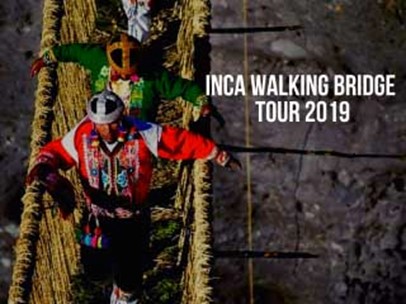
On certain days of the year, time stops in the high Andean communities of Cusco. In the 21st century, residents of four Canas communities relive an ancestral technique to renovate the Q’eswachaka bridge, a construction of Inca origin made with vegetable fiber ropes.
The uniqueness of this traditional festival, in which around 1,000 residents of the Quechua communities participate: Hunchiri, Chaupibanda, Choccayhua and Ccollana Quehue, from the district of Quehue, is the use of raw materials and traditional techniques.
The arduous physical effort, which involves the whole community, begins weeks before the bridge is assembled, when a type of straw called q’oya that will serve for the base and the rails of the structure is collected from the heights.
The ropes leave marks on the skin of the weavers for their roughness, a quality that at the same time guarantees the strength of the bridge, which, according to Mujica, can hold 15 llamas and a shepherd according to the locals.
This activity is part of a tradition that has passed jealously from generation to generation and its meaning transcends the physical interconnection of peoples, since it refers to their brotherhood and identity.
Q’eswachaka Canas
The Inca Bridge of Q’eswachaca is located in the district of Q’ewe, province of Cañas, on the Apurímac River, at 3,700 meters above sea level. The Q’eswachaca Bridge is part of the Inca Trail and is a sample of Inca engineering that is almost 29 meters long and 1.2 meters wide. The bridge is located 110 km southeast of the city of Cusco (1 hour 30 minutes by car), you reach the town of Combapata, from where you must travel 31 km to the suspension bridge (45 minutes by car).
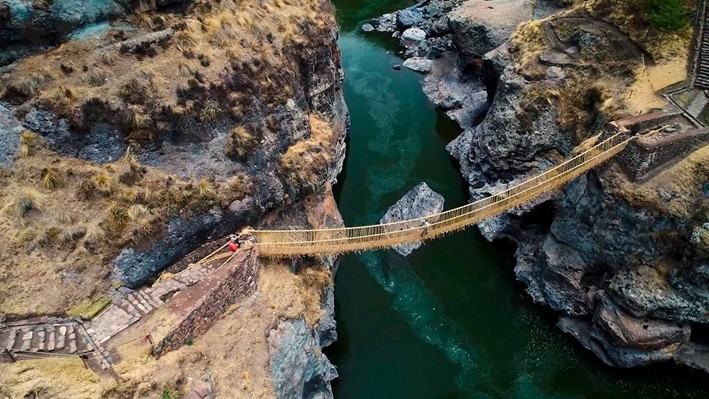
Q’eswachaka Inca Bridge
The Hanging Bridge of Q’eswachaca is made of vegetable fiber or straw, it has maintained the tradition of techniques, rituals and the system of community work to maintain it until our days, allowing us to appreciate this wonderful Inca work. Q’eswachaka is the last bridge of its kind and is almost in its original state, it was maintained from generation to generation for more than five centuries by the communities: Huinchiri, Chaupibanda, Ccollana Quehue and Pelcaro.
Inca Bridge Facts
- During the colonial period, suspension bridges were preferable to stone bridges, this because their resistance to earthquakes was greater.
- The festival where the Q’eswachaka is renewed takes place during the second week of June.
- The braiding of the ichu for the new bridge is done only by women, supervised by a ‘chakaruwak’ or specialist.
- Access by land:From Cusco the journey lasts 3 hours. Using public transport (bus) from Cusco to Combapata, then to Yanaoca and later to Quehue, in this district they will be waited by a particular mobility that will take them to Q’eswachaka and they will arrive in approximately 15 minutes.
Rope Bridge Construction
Every year, hundreds of community members from Quehue, in the province of Canas, join efforts for three days to renovate their old pedestrian bridge over the Apurímac River. It is the only live suspension bridge of the old Qapac Ñan or royal road that united all the Tawantinsuyo.
This demonstration of ancient Andean technology not only attracts hundreds of tourists. It has also been researched at the prestigious Massachusetts Institute of Technology (MIT) where engineering students replicated the Q’eswachaka bridge as a new pedestrian path between two buildings in their university city. More recently, in 2015, Quehue villagers traveled to the United States especially invited by the Smithsonian Institute to build a bridge on the National Mall in Washington DC.
All Quehue communities participate in the reconstruction of the bridge. The work entrusted to each one of them is in principle equivalent, although the predominant function of the Huinchiri community is recognized, the one closest to the bridge, from which the two Chakaruwaq (traditional engineers) and the Paqo (Andean priest) come from.
For the construction of the new bridge, each family has the obligation to weave a long rope of 40 strokes (about 70 m) made with the plant called qoya or chillihua, a grass of high and humid area of the puna that grows in the wild. This collaborative work is carried out as an unpaid communal obligation, in a very widespread form in the Andes, the mink’a. After traveling great distances in search of pastures, the comuneros begin the day by joining together to chew the coca leaf, after which they proceed to reap the qoya and take it home. The straw is prepared and plaited by hand, a task that the whole family carries out for several days.
In the second week of June, about a thousand people from the four communities of Quehue congregate in the vicinity of the old bridge. During the three following days they will be dedicated to the construction of a completely new bridge, identical to the previous one, which will measure approximately 28 meters in length with a 1.20 m wide board and will be secured in the large stone anchors located on both sides of the river , two on each side. Before starting construction, the paqo officiates a table as a ritual offering to the pachamama, the mother earth, and the local apus, the sacred tutelary mountains, which is repeated every day during the construction in order to request permission and protection for the participants of the job. Victoriano Arizapana Huayhua and Eleuterio Callo Tapia are the chakaruwaq, the traditional engineers who have been directing the work for two decades and are the bearers of this knowledge.
The first step of the work systematically repeated for hundreds of years is given by a commoner who crosses the bridge carrying a rope designed to move the construction materials from one side of the river to the other. Immediately the old bridge is cut, which is dropped to the Apurimac River, 15 meters below. Then the present begin to braid the soguillas provided by the families to obtain ropes of different thicknesses that will form the structure of the bridge, the support of the board, the handrail and the handrail. Finally, a mat of branches will be woven to extend over the floorboard.
When the two Chakaruwaq, who have been weaving the bridge each from an opposite bank of the river, are at the center of the bridge, the work has come to an end. Three days have passed since the old bridge was cut and the new bridge of Q’eswachaka is ready for the inaugural crossing of authorities and notables that will be accompanied by the jubilation of the comuneros.
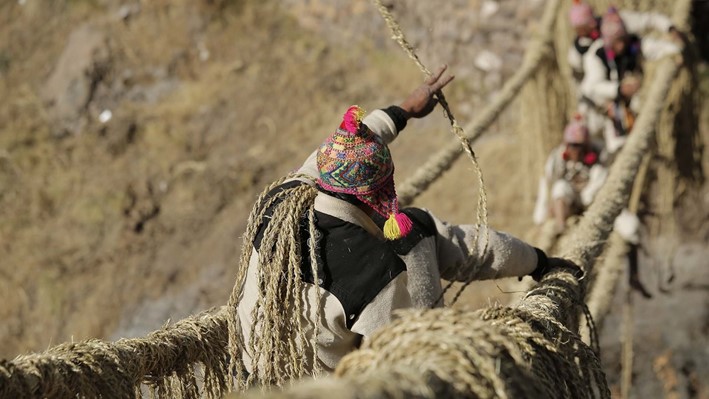
Inca Bridge Hike
Day 1
We will leave Cusco at 6:00 a.m. for Q’eswachaka. We will stop on the route to see the famous four lagoons near Cusco, and we will also stop near the town of Yanaoca for breakfast. Around 11 a.m.
We will arrive at the bridge of Q’eswachaka where we can see a large number of people from the community working on the reconstruction of the bridge. Here the Andean Priests (Pacos) will perform the ancestral ceremony of Pay to Earth, where offerings will be sacrificed to the Pachamama, or Mother Earth, with the aim of obtaining help and protection for those who work in the reconstruction of the bridge.
We will have lunch near the bridge and then we will return to the city of Yanaoca to have dinner and spend the night in a hostel.
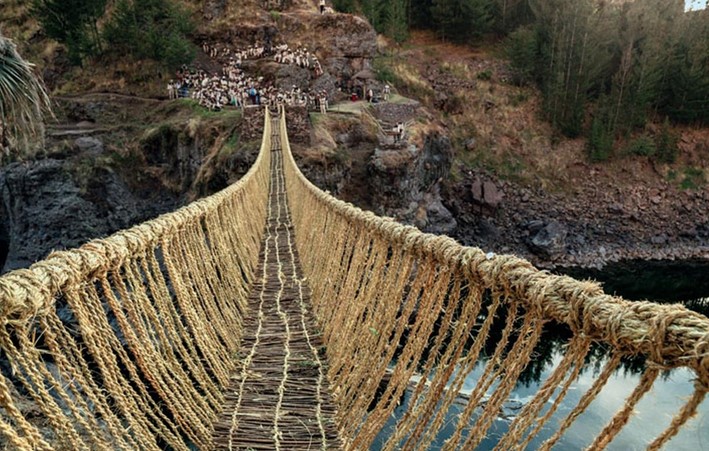
Day 2
We will take a traditional breakfast early in the morning and return to the bridge, which by that time will be finished. We will have the opportunity to see the celebration of the completion of the bridge, which includes traditional ceremonies, typical Peruvian dances, and Andean music. Our return to Cusco is scheduled for around 7:00 p.m.
When is the best time to visit the Inca Bridge?
The best season is during the dry season, which covers the months April to the end of September. In October the rains begin and you can find Machu Picchu covered by clouds. If you travel in June, we recommend you to book the Inti Raymi 2023 Tour that takes place in June 24th, and also hike the Palcoyo Mountain Tour, which is an incredible Rainbow Mountain located in the Andes.
Most Famous Tours near Inca Bridge
Many are many famous routes in Cusco, but none is like the Inca Trail Tours, the most famous pedestrian path in the Americas. After flying from the capital of Perú, Lima, you will arrive in Cusco to walk for four days along a path through forests and dense fog, millenary stone steps and discovering the ruins of ancient fortifications and Inca cities, and all the time enjoying majestic views.
- Salkantay Trekto Machu Picchu 5 days
- Hiking the Inca Trail to Machu Picchu 5 days
- Inca Quarry Trail4 Days
- 2 Day Inca Trail Tour
- 2 Day Inca Trail with Camping
- 3 Day Inca Trail
- Vilcabamba Hike to Machu Picchu 6 days
- Choquequirao trek to Machu Picchu 9 days
- Ausangate trek 7 days
If you want to visit Machu Picchu, we recommend you to book your Machu Picchu Ticket in advance, so you will enjoy your Vacation in Machu Picchu without any problem.

